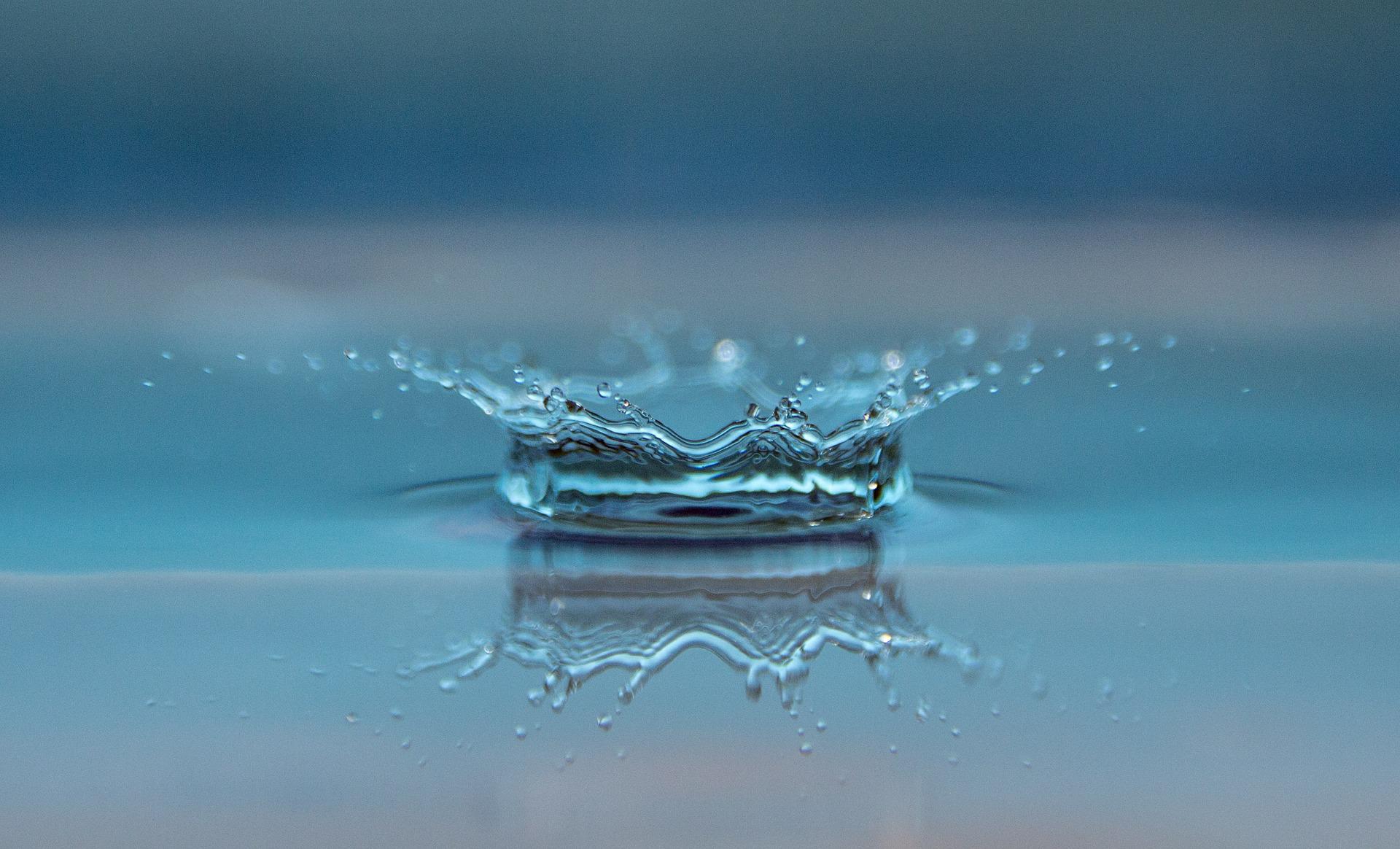What are Water Transfer Pumps, and What Are They Used For?

In short, water transfer pumps are used to move fluids. For example, this could be to drain a water heater, empty a waterbed, or for another use in the commercial and construction worlds. Depending on the task at hand, professionals may use such equipment for a small job on a residential property or a large job on a commercial property. The flexibility of the technology means that it has a range of purposes and applications.
The Function of a Water Transfer Pump
Although the name gives the secret away, the idea of a water transfer pump is to transport liquid from one location to another. Some projects will require a water transfer pump to remove water from a flooded area. On the other hand, some will require the tool to move gasoline between tanks and other locations. Remko water transfer pumps are some of the most advanced in the industry, and they perform liquid transfer more effectively than most other models. By creating a difference in pressure, fluid moves from the starting location to the destination with very little effort. Typically, the power that transfer pumps use come from a generator, battery, or any other source. By utilizing power, the tool can generate a difference in pressure and move fluid through the pump. Depending on the fluid type, the destination could be a body of water, tank, drainage area, or another location. When flammable liquids are moved, you’ve probably guessed that specialized equipment is required because of the additional risk. With multi-use transfer pumps, for example, it’s possible to move chemicals, gasoline, oils, and other flammable fluids. Trained professionals will monitor the pressure as the fluid is pumped, while the transfer pumps boast corrosion-resistant materials for safety purposes.
Water Transfer Pump Applications
While some mechanics can use these pumps to change the oil in vehicles, they’re more commonly implemented on construction sites when it comes to flammable fluids. In terms of water, the most common applications include air conditioning, irrigation, and lawn sprinkling. That’s right – the lawn sprinkler that you rely on throughout the summer months could utilize water transfer pump technology (albeit on a smaller scale compared to those on construction sites!). When these pumps are used, they are connected internally to a water transfer system. Once the system is turned on, the water starts to pump (this can occur automatically or manually). Professionals can also use this type of system to remove stormwater or wastewater as a dewatering system. Ultimately, the list of applications for water transfer pumps seems to extend every year. This means that it’s used for industrial waste, manure slurry, trade waste dewatering, floodwater, firefighting, sewage, pressure boosting, sludge transfer, solids handling, environmental clean-up, and many other purposes.
With all these applications, the technology is used by the following:
- Paper industry
- Mining industry
- Building construction
- Civil construction
- Pump retailers
- Government water authorities
- Fire contractors
- Marine industry
This is just the start of the list, and smaller systems are often used by homeowners every day. Whatever the implementation, those looking for a transfer pump will first need to consider the type of fluid they wish to transfer. As we’ve seen, those transferring flammable liquids will need specialized equipment compared to those who simply need to transfer water. The thicker the liquid, the more likely you are to need a special pump since it’s easier to move thinner liquids. When transferring chemicals, it’s critical to clean the hose and pump after every use. When chemical residue is left behind, it can corrode parts of the pump and cause irreversible long-term damage.





